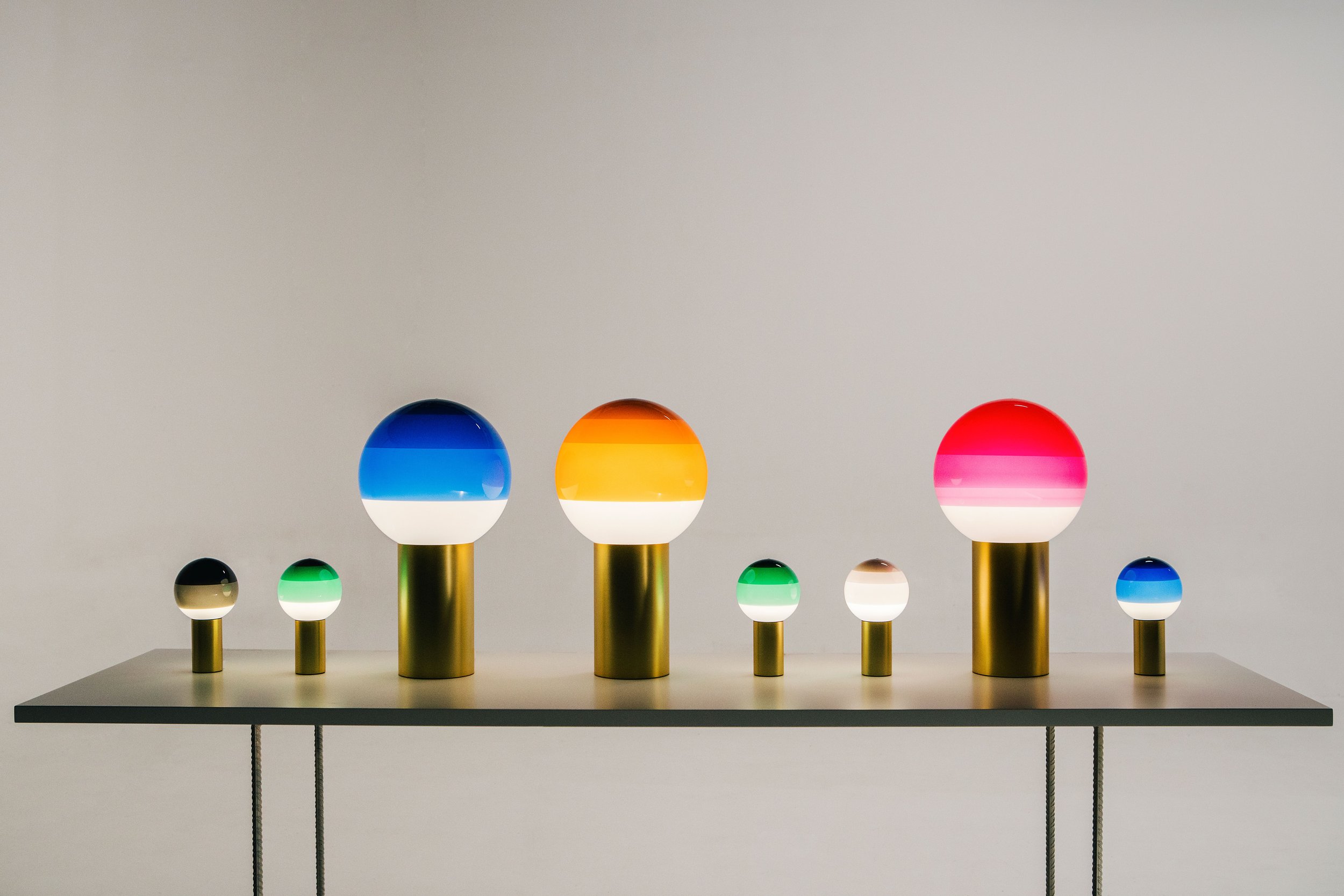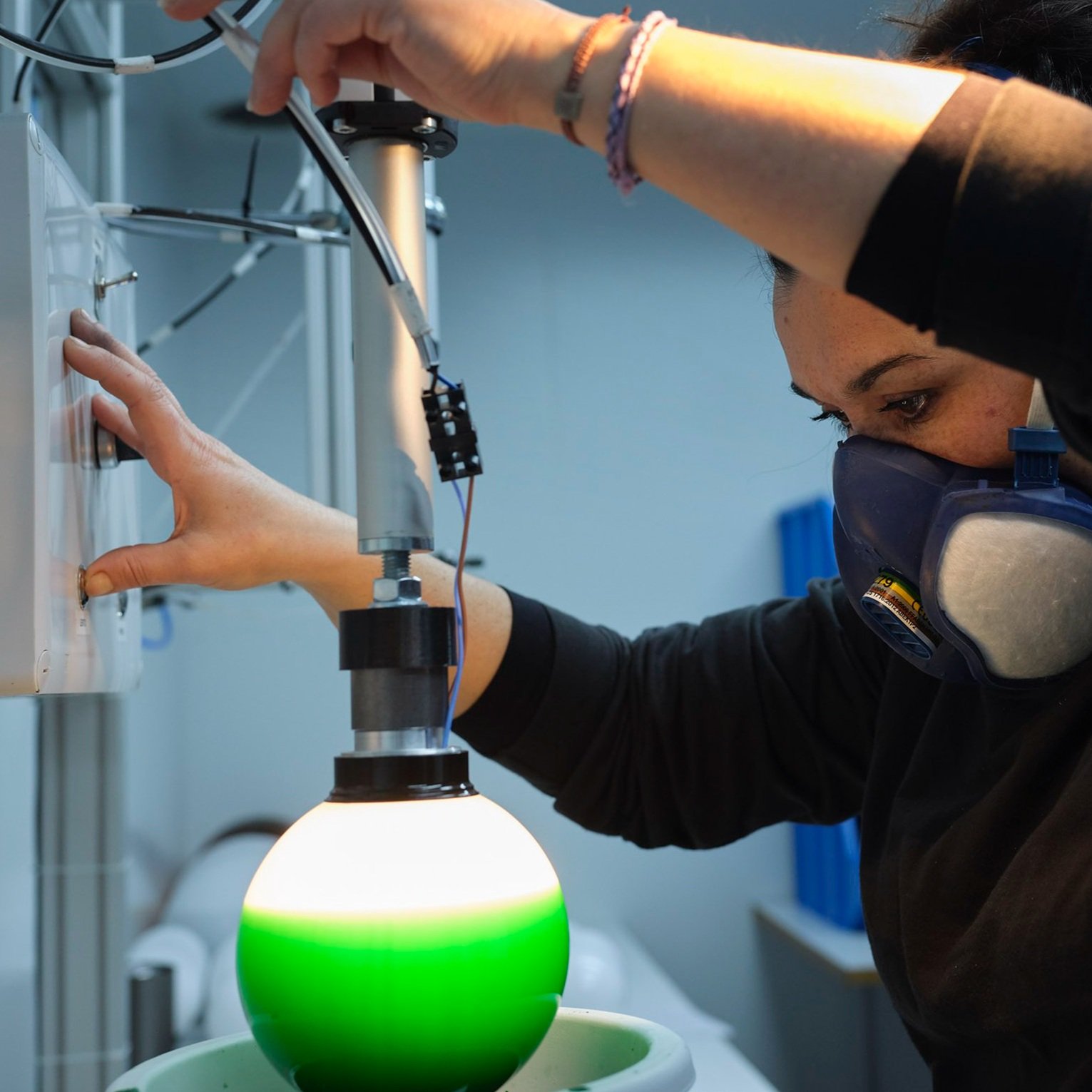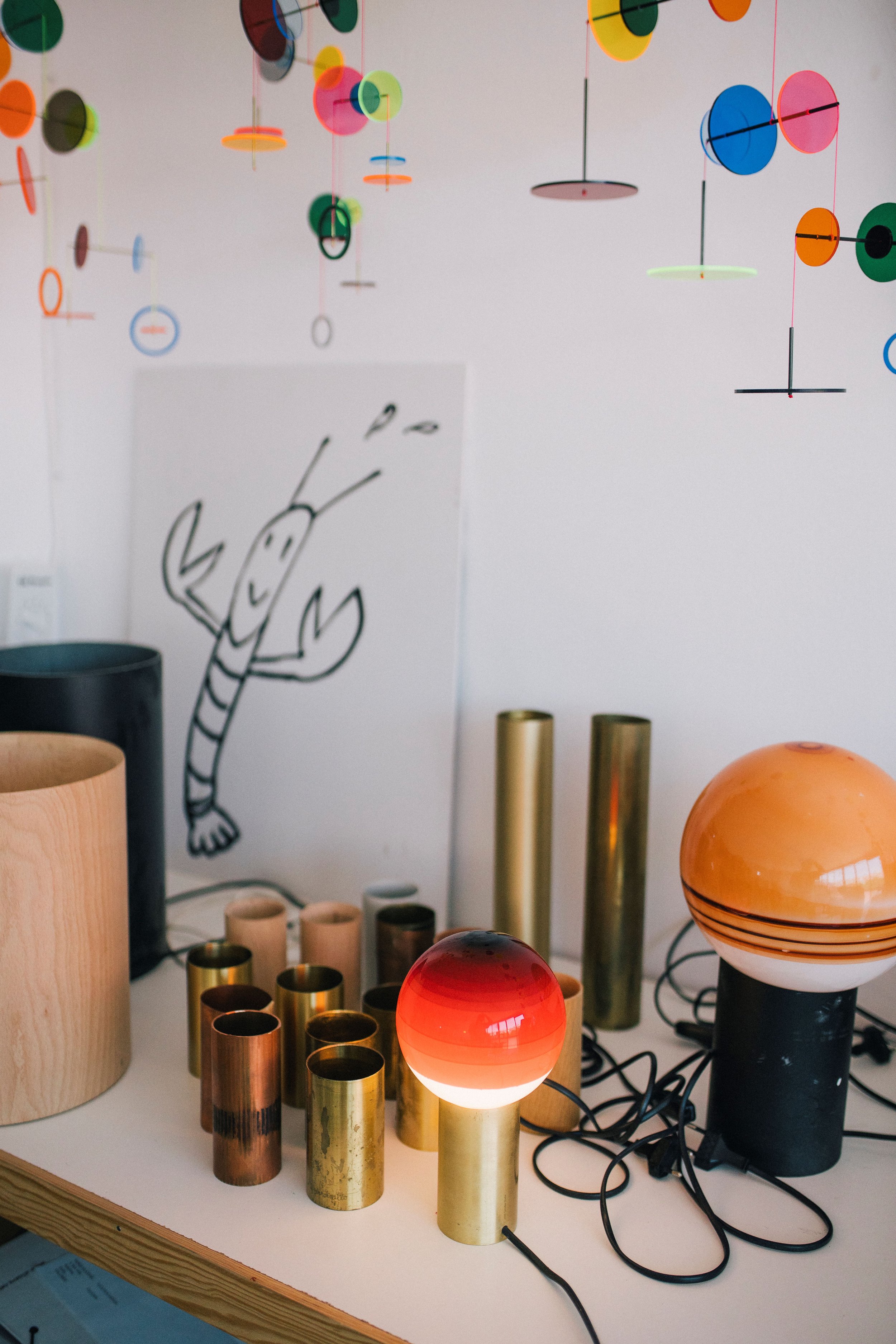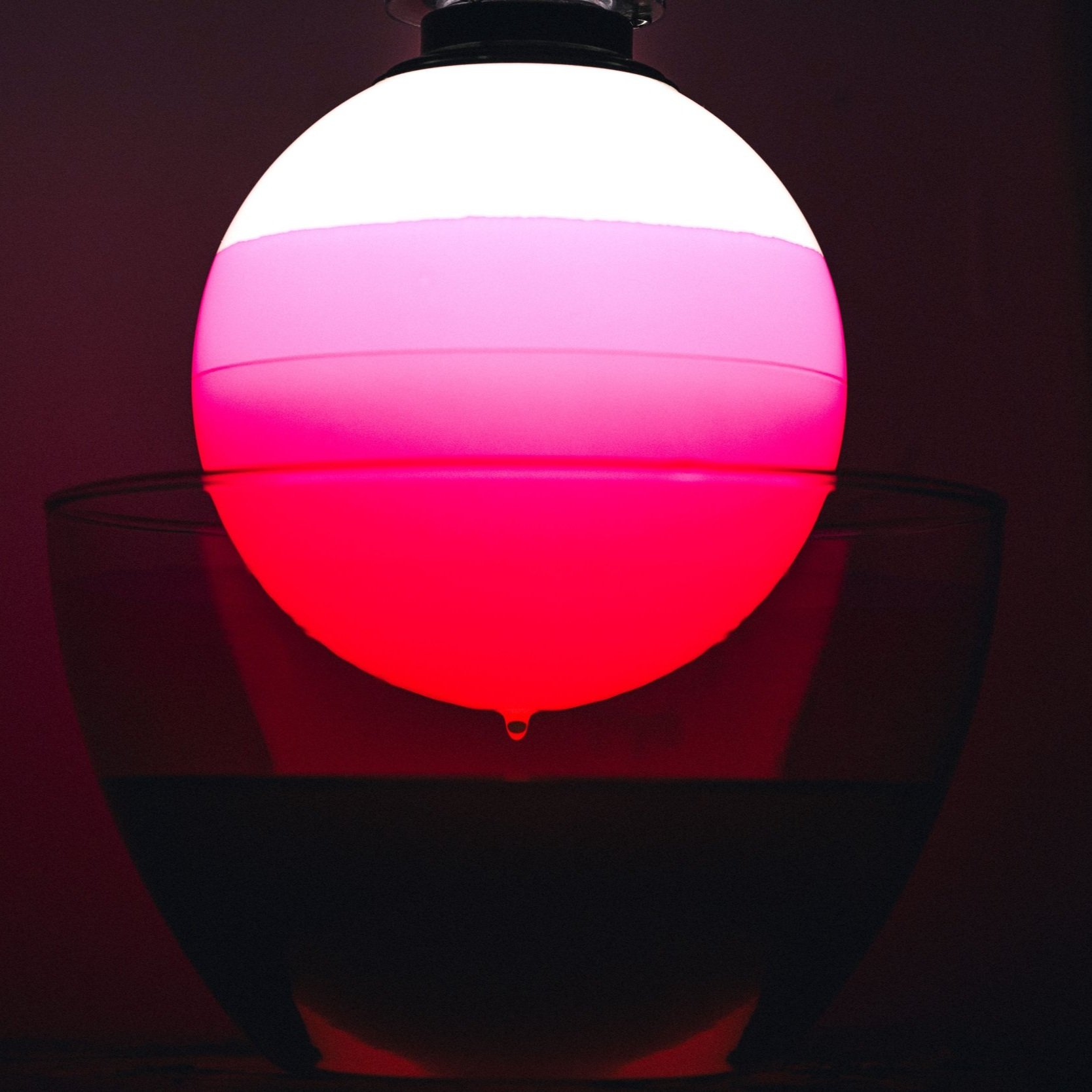How to Identify an Original: Marset
Take a dip
The Dipping Light, designed by Jordi Canudas for Marset, was created via an experiment, by dipping a lit bulb into paint. When left to dry, the concentric rings of paint develop their own unique character and idiosyncrasies. In this way, each fixture is an individual, yet part of a whole—a deliberate component of the production process.
Want to know how to spot a fake? Keep reading.
Identifying an Original
Attention to detail. The soft felt pad on the bottom of the table lamp, ensures it does not scratch the table surface, and the plastic ring between the base and the shade, ensures that they fit together perfectly. These sort of details, which can only come from extensive testing and ideating, of "living with the lamp," may not be present on knockoffs.
Quality Control. Each Marset fixture goes through a rigorous quality control process. For the Dipping Light, there should be slight variations in the shade, which occurs during the paint-drying process and ensure each fixture is unique. However, there will always be an outstanding consistency of color, and the lines of each ring should be straight and parallel to each other.
Certification. All Marset fixtures will contain a UL certification sticker with that collection's certification number.
Overall quality and construction of materials. Dipping Light will always be made with hand-blown glass and high-quality metals. Its weight underlies the quality of its materials and construction.
About Marset
Marset began in 1942 as a family foundry company in the city of Barcelona. In 1965 they decided to dedicate themselves exclusively to manufacturing lighting products, and since then they have established themselves as one of the most high-regarded companies in the field.
Through good design, Marset aims to convey its most essential values: quality, technological rigor, innovation, sustainability, durability, and authenticity.





